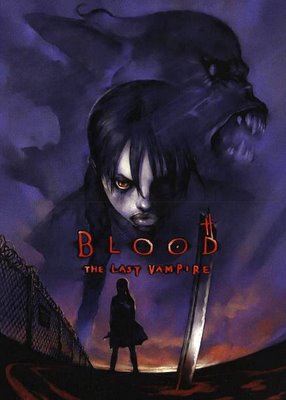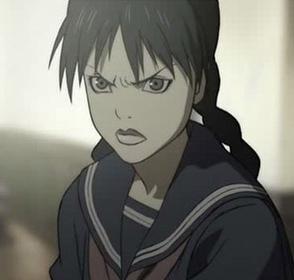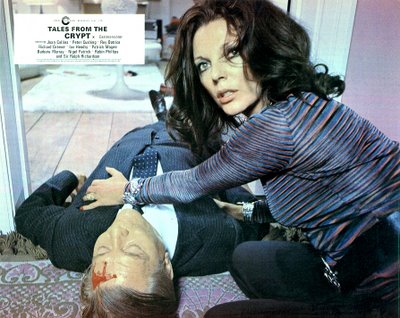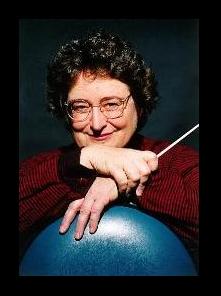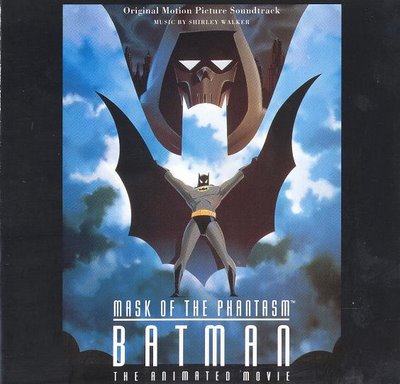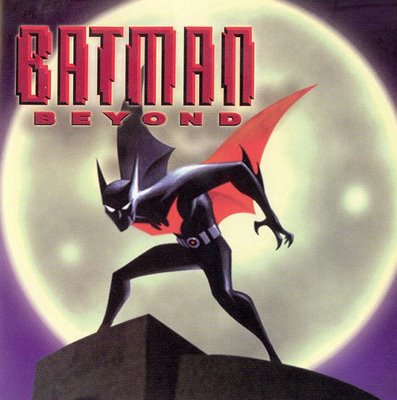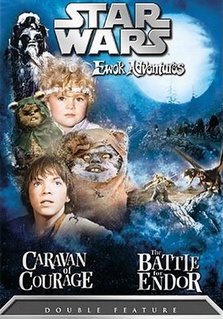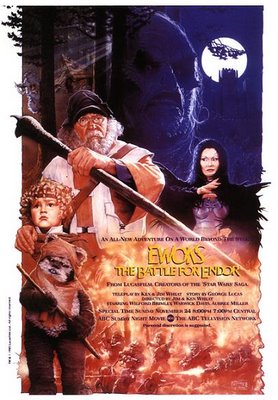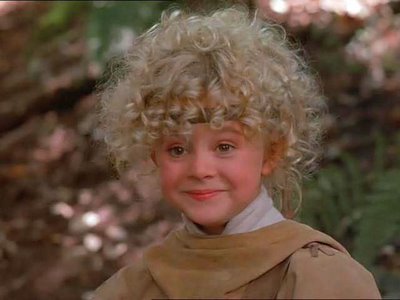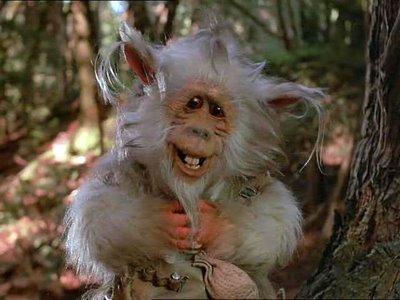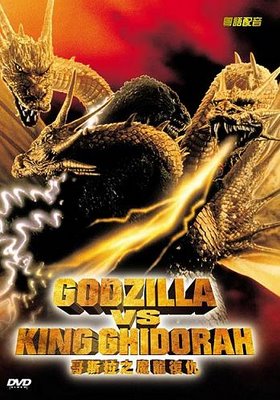KAZUO UMEZU'S HORROR THEATER - VOLUME 2 (2005, Japan TV)
SNAKE GIRL / THE WISH
Region 1 NTSC DVD (Tokyo Shock)
I’ve persevered with Kazuo Umezu’s Horror Theater (volume 1 reviewed here), partly out of curiosity about this oddball manga artist who Japan regards fondly as someone equivalent to Roald Dahl, but who can draw his own pictures – a one-man Dahl and Quentin Blake combined. His manga have been published for over 50 years now, mostly in shoujo manga (‘manga for girls’). Children experiencing the vivid intensity of emotions and horror situations of his illustrations, are the reason I suspect they haven't been forgotten.
Despite their low budgets, varying styles and shot-on-video look, these Japanese horrors are at least original and unique tales, thought up long before the current trends came along. They’re not all successful but they are very different.
Volume Two contains two stories where the directors have attempted to closely follow the visual style of the original manga comics, rather than reworking the tales. Presumably these are two of Kazz’s most famous tales.
The first is called Snake Girl.
Yumiko is a young schoolgirl getting hate-mail e-mails. After witnessing a particularly nasty murder at school, Yumiko is sent away to the country, to stay with her indifferent aunt and uncle. They seem to be obsessed with snakes. Yumiko finds it easier to befriend their two daughters. But after meeting an old local mystic, she get’s a nasty snake-bite, not from a snake, but a snake creature… Local people are also getting bitten, ever since Yumiko arived in the village, there has been an outbreak of snake problems…
I was keen to see this one to discover whether it had anything in common with the 1968 movie adaption of the same source (Snake-Girl and the Silver-Haired Witch reviewed here). The roots of the story are the same, with the same skeletal story, and some of the same incidents, like Yumiko discovering snakeskin in her bed one morning. But the ending is different and the story takes a different direction and is far less claustrophobic. Kazz has also updated it with the internet sub-plot. I’m still more impressed with the movie because of the higher production value and successfully nightmarish mood.
But here the lead actress is outstanding and the snake creature is imaginatively designed and portrayed (see the cover art above), with an excellent CGI money shot. Though some of the close ups are so close, you can see the actress’ white teeth visible behind the yellow fake teeth.
The narrative is confusing, zombie villagers are thrown into the mix, but are so lacklustre and unthreatening that it only adds to the ‘bad dream’ feel. But a little girl’s bad dream is hardly strong stuff for the rest of us. Compared to the extreme gore of a later episode, this almost feels like children’s TV.
The young lead, and the director go to great pains to re-enact the stylized 'screaming face' tableau – hands raised to the face, just like the original illustrations. This is careful homage, but really doesn’t work in live-action. Especially because nothing else in the film is as exaggerated.
Together with a slack ending and a very poorly staged transformation scene, this story is more of a grim fairy tale than horror. I'll still revisit it rather than watch the similarly themed Thai horror Snaker any day. (That had a great cover - of a girl with snakes for hair - and nothing else, looking more like a theatre group with a video camera.) But still the best snake-girl on film, is Jacqueline Pearce in the Hammer horror The Reptile (1966) - really horrendous snake bites in that one.
Director Noboru Iguchi must have done something that Kazz liked, because he's now directed a movie based on a Kazz character - The Cat-Eyed Boy (Nekome Kozo).
The second story in Volume 2 is called The Wish.
This time with a schoolboy at centre stage. He’s friendless and locks himself away at home, building a human-sized puppet out of wood, wishing he could will it to life with telekinesis. He loses interest in the project when he actually makes a real friend, but then his wish comes true…
This simple rambling tale is helped enormously by the horrendously hideous puppet creature – it just has to sit in a room to creep you out. Even though the story looks very video, the story makes a good naturalistic impression, despite some fake-looking sky effects.
Again the director has taken pains to recreate the original tale, making for a short film that’s underdeveloped. But it’s suitably creepy and packs some unexpected shocks. A limited but startling use of digital effects helps enormously in the climax.
If you thought the clown doll in Poltergeist was scary, you really shouldn't see this.
The DVD has useful behind-the-scenes interviews, promotional trailers for the two stories and intros from Kazuo Umezu himself. Every scrap of information helped me understand the stories better, but I’d love to see more frames from the original comics, without which these adaptions would make much more sense.
Note that amazon.com lists two of these DVDs under the mis-spelled title Kazuo Umezz's Horror Theater.
Do you want to know more?
Kazuo Umezu has a blog in Japanese - where his many photographs belie his tastes for fine cuisine and red-and-white stripy clothes.




